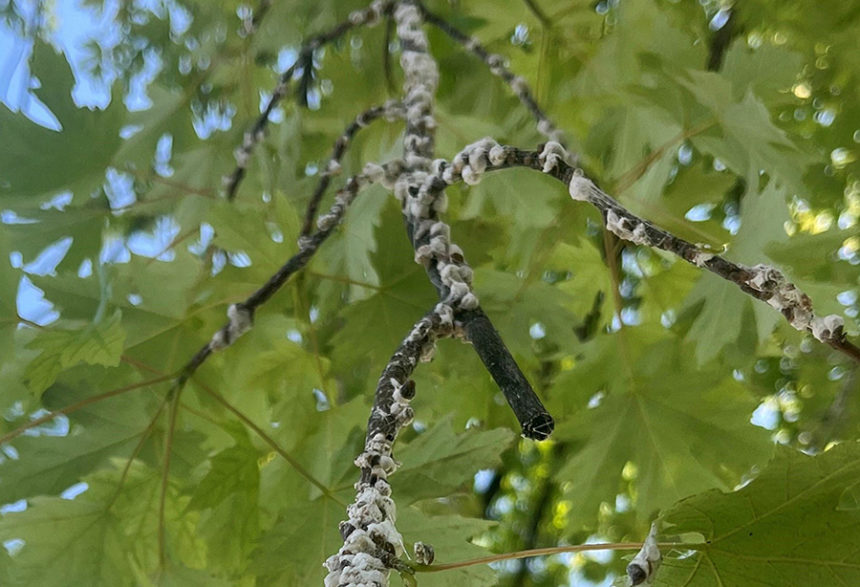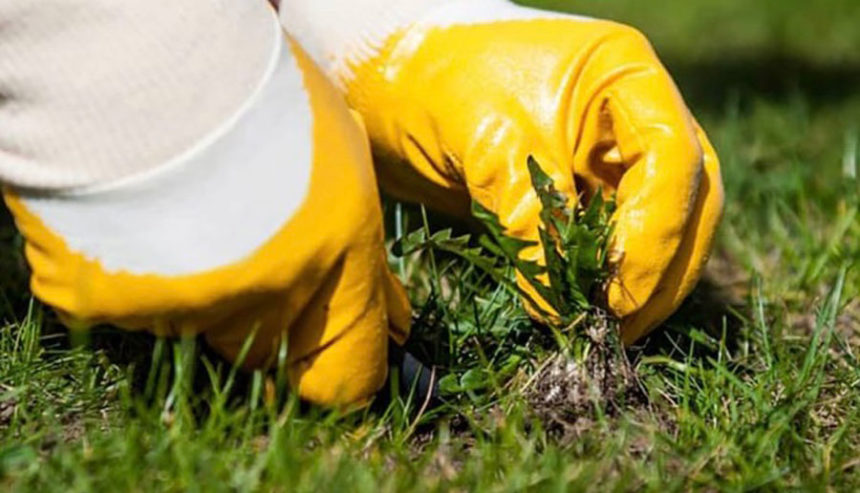The number of homeowners sending in branches covered in cottony maple scale has skyrocketed in my office for no apparent reason.
I think that Autumn Blaze maple (Acer x freemanii) or silver maple (Acer saccharinum) account for 100% of the occurrences. The soft-scale insect known as cottony maple scale feeds on maples and certain other species by suckling sap from their leaves and branches.
The most distinctive feature of these parasites is the white, cotton-like egg sacs that the females create in late spring and early summer, which frequently give the appearance of popcorn on affected trees.
Comprehending the Life Cycle
On twigs and branches, the scale overwinter as young females. They mature and start feeding again in the spring, laying their eggs in noticeable cottony masses. From mid-June to July, crawlers’ tiny, movable nymphs emerge and move to leaves in order to feed. Males emerge, mate, and die by late summer, while fertilized females spend the winter on branches.
Strategies for Treatment
1. Cultural Control: Your best defense is a healthy tree. In our high pH soils, silver and autumn blaze maples frequently require more iron in addition to standard tree care procedures. Aside from not planting these species in the first place, I believe that EDDHA iron chelate is the best option.
Don’t waste your time and money on other types of treatment if you don’t provide a suitable environment for your tree to thrive.
2. Biological Control: If tree health concerns are not addressed, this approach might not be enough to eradicate severe infestations. Nonetheless, natural predators are crucial to the control of pests. Steer clear of too harsh or needless insecticides. Contribute to the cause of beneficial insects. If you do, you can keep most pest populations at manageable levels.
3. Chemical Control: o Horticultural Oils: These can be used to target females coming out of hibernation in the early spring. Just before bud break, apply.o pesticides: Use pesticides like permethrin, cyfluthrin, esfenvalerate, and others to target the crawler stage in late June to early July. It is simpler to treat larger trees with systemic pesticides like dinotefuran or imidacloprid. The insecticide is transferred to the area where the insects are feeding once these chemicals are absorbed by the roots. After the leaves have swelled, a systemic therapy is administered in the spring.
Cottony maple scale can be a recurring annoyance, but you can safeguard your trees and bring back their health with a combination of tree care and timely remedies. EDDHA iron chelate will need to be treated on a regular basis to keep silver and Autumn Blaze maples healthy because they frequently suffer from iron chlorosis in our high pH soils.









